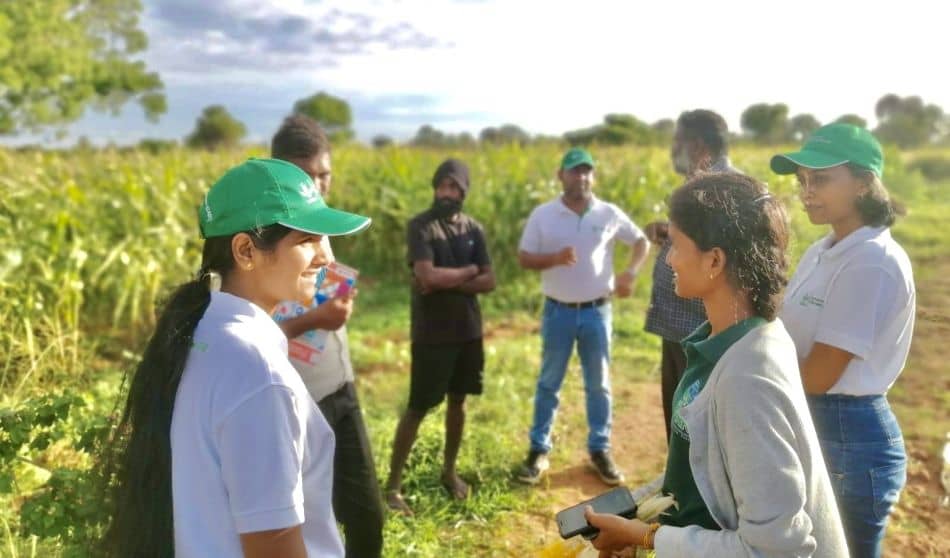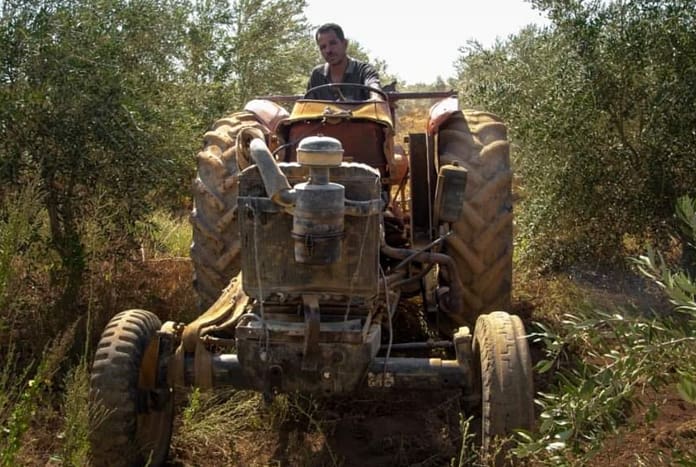
Growing up in Kokuvil, a quiet suburb in the Jaffna District in Northern Sri Lanka, my world was shaped by simplicity and perseverance. As the youngest in a humble family — with my father working as a driver and my mother as a homemaker — I was always encouraged by my two elder brothers and sister to dream big. Their unwavering support and guidance fueled my pursuit of education, leading me to earn a Bachelor of Science in Surveying science, specializing in geographic information system (GIS).
Surveying science is more than just maps and measurements — it is a powerful bridge between technology and sustainable development. From infrastructure planning to environmental management, surveying and GIS hold immense potential to solve real-world problems. The combination of spatial data analysis, remote sensing and field surveys captivated me as I realized how these tools could help address challenges like climate change, disaster risks and agricultural resilience.
My first steps into the world of geographic information systems
My journey truly began with an internship at Sanasa General Insurance, Sri Lanka, where I worked as a GIS Analyst for Earth Observation for the Agricultural Risk Management (EO4ARM) platform developed by the International Water Management Institute (IWMI). The platform uses satellite imagery for crop monitoring, weather forecasting and disaster preparedness. It opened my eyes to how geospatial technology could support farmers and improve agricultural outcomes in Sri Lanka. I gained critical skills in remote sensing, data analysis and geographic information system software, as well as a deep understanding of Sri Lanka’s agricultural cycles.
After graduation, I joined IWMI as an intern working under the CGIAR Climate Resilience (ClimBeR) project. This introduced me to cutting-edge research and real-world applications of GIS.
One of the most insightful assignments involved field surveys for a study on climate change, transformative adaptation and multi-scale governance across Sri Lanka’s Malwathu Oya, Yan Oya and Mi Oya river basins. I engaged with farmers, government officials, non-government organizations and researchers across the country including in Vavuniya, Trincomalee and Polpithigama. These encounters deepened my understanding of climate risks, community needs and adaptive solutions.
Working with experts like Niranga Alahacoon, Upali Amarasinghe, Giriraj Amarnath and Emmanuel Attoh, I developed advanced skills in ArcGIS and QGIS, a suite of GIS software products, and spatial data analysis. I co-authored a yet to be published chapter on climate change and water resources in Sri Lanka, refining my research and academic writing abilities.

My experience connecting technology with communities
One of the most transformative experiences I had was participating in anticipatory action for flood preparedness at Kotagala Estate in Nuwara Eliya. This community of tea estate workers had faced years of recurring floods due to heavy rainfall and poor canal management. Witnessing how geospatial research could empower vulnerable communities reinforced my commitment to applied science. I realized that behind every map or dataset are real lives that can benefit from timely accurate information.
My growing curiosity was satisfied as I took on another challenge: working with Google Earth Engine (GEE) a cloud-based geospatial analysis tool for crop mapping to support stakeholders in agriculture risk management. Although initially daunting, learning Google Earth Engine was a game-changer for me. It enabled me to process massive datasets quickly, and made me understand how this tool is enhancing the efficiency and impact of IMWI’s environmental research.
Each experience — from fieldwork to high-tech analysis — has solidified my passion for geospatial science and sustainable development.

Purpose beyond passion
Today, I see geospatial science as a tool for empowerment, resilience and sustainability, and an opportunity for a career filled with purpose. I am excited to continue exploring innovative geospatial technologies, collaborating with experts and using my skills to create solutions for real-world problems.
Joining IWMI was not just a career move — it was a step toward building a better future through science, technology and dedication.



